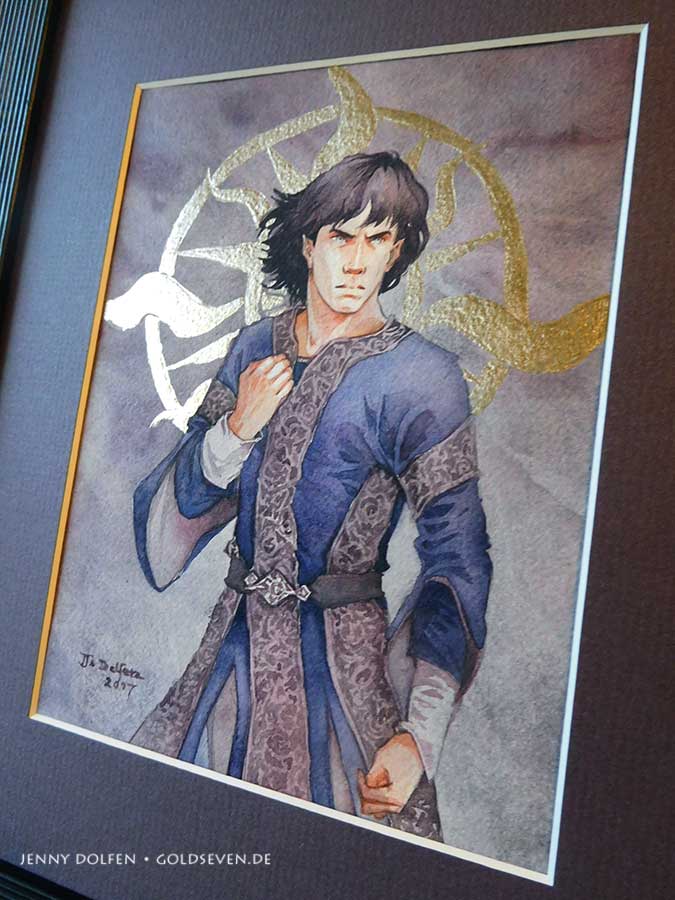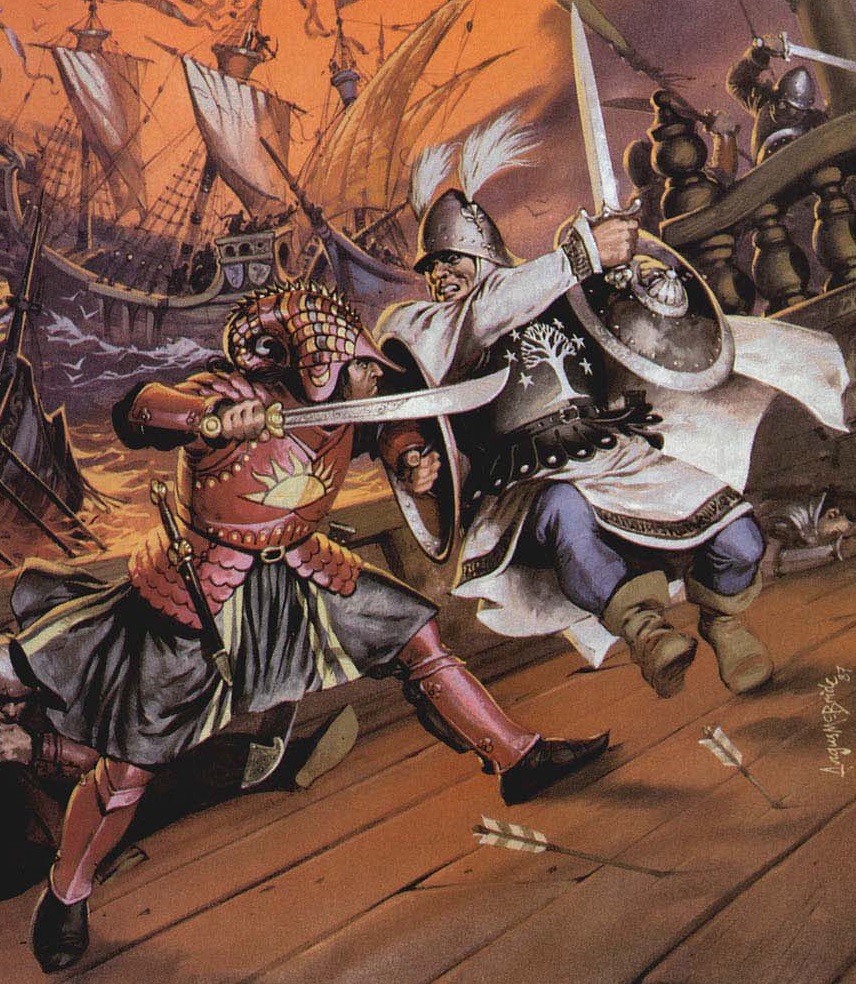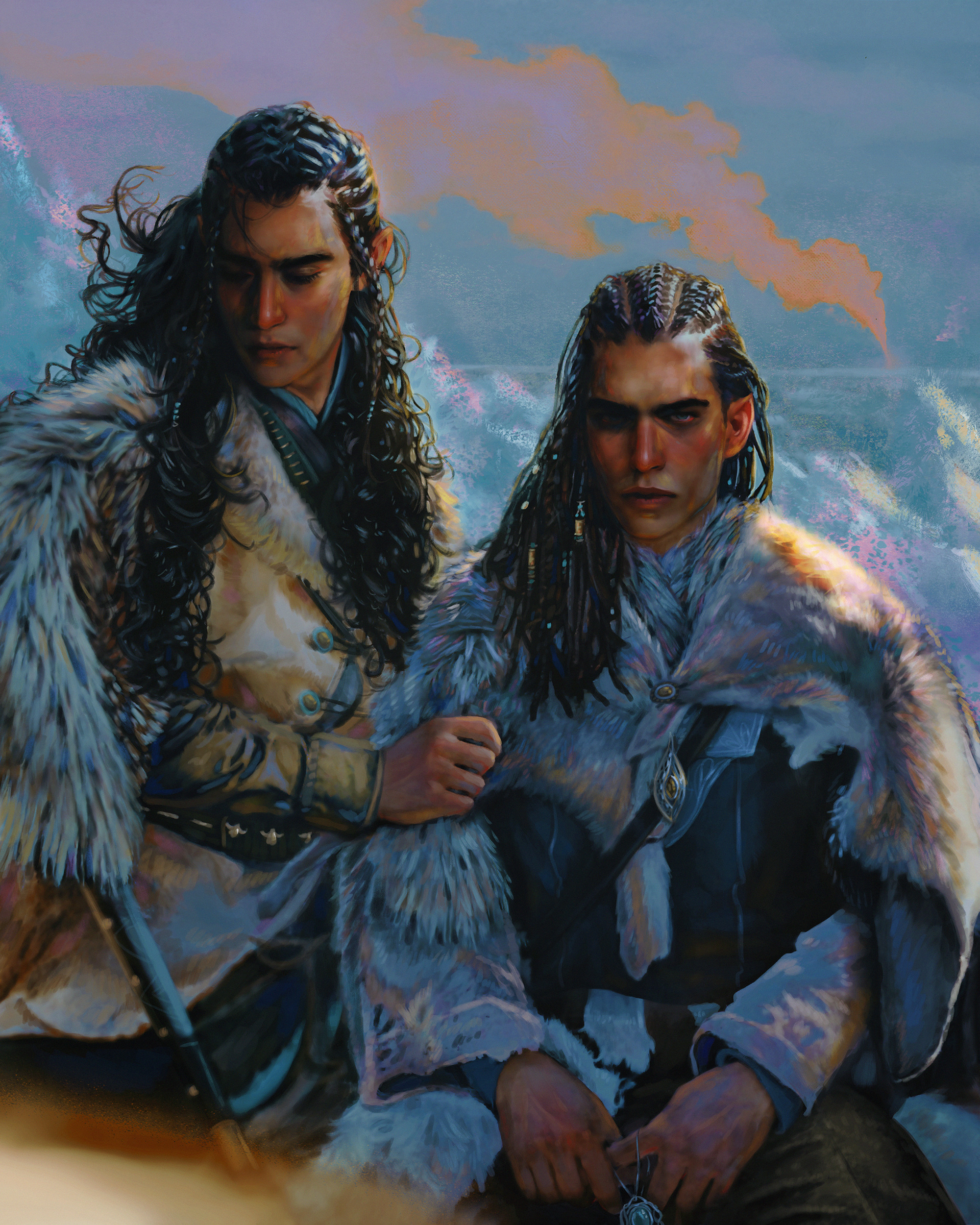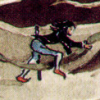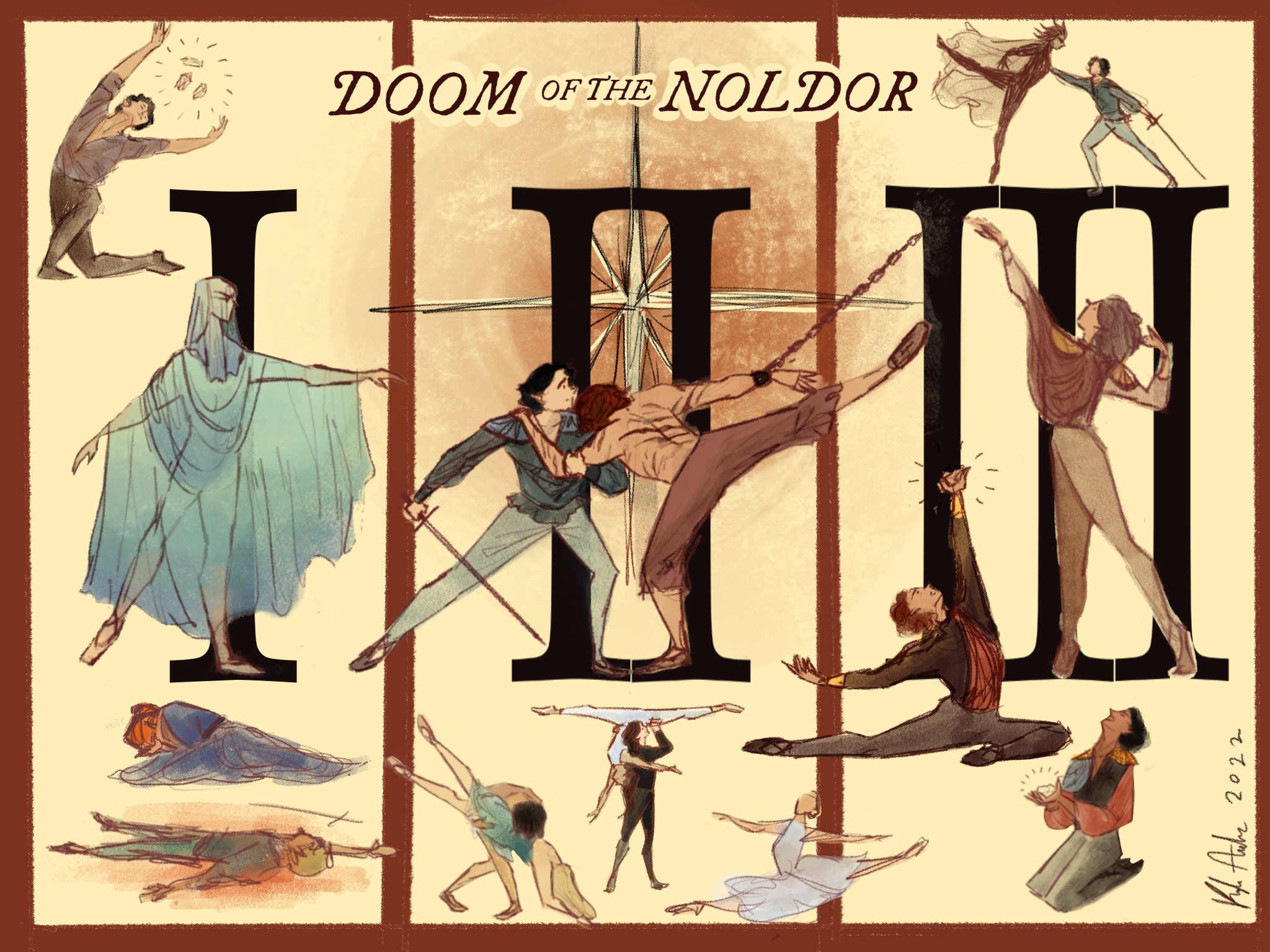Listening to Episode 16 right now (the one with John Howe), but Corey has brought it up a number of times: the idea that readers/viewers with a critical mind ought to be able to distance themselves emotionally from the idea of a potentially "bad" adaptation coming along and "ruining" the source material that you love. The thesis being that the original will still always be there; it isn't damaged by a bad adaptation. There is no need to get all defensive or protective as though your own received interpretation of even the text is the only valid one anyway.
I do have a first-hand example of what I think the fear is though: it's that other people will see the bad adaptation, and then tar you unfairly with that adaptation knowing that you like the source material. "Oh, you like [thing that was recently made into a bad movie]? Haha, what bad taste you have!" And then you have to explain and defend yourself on the basis that it isn't the movie you like, it's the thing the movie was made from, and the movie was bad, and yadda yadda yadda.
I have someone in my life who loves to bring up THE EAGLES every single weekend, every chance he gets, berating me that it's a stupid plot hole and a deux ex machina and a dumb trope and it's terrible writing. And I've written essays in defense of the rescue by the eagles in many places and many forums throughout my life, most recently couched in the thematic framing of the story as a redemption and absolution arc, one where Frodo was not strong enough in his own right to succeed, one where indeed he and Sam had both given themselves up for lost, but his mercy in sparing Gollum had allowed Providence to give them a hand up and a balm for the soul, a way for the denouement to play out with them alive so it's not a downer. Whether they live or die is hardly even material to the story being told.
But because this person has (apparently) only ever seen the movies, which I feel confident in guessing because if he'd read the books with any kind of open mind he wouldn't be making these accusations, as though it's a dumb action-adventure tale where the biggest take-home is how our heroes will get out of this scrape or that scrape—I have to defend my basic tastes against the accusations being leveled on the basis of a completely different work than the thing I actually am primarily interested in. And there's no real way to mount that defense when the other person is arguing in bad faith to begin with, or just trying to get under your skin so he can laugh at you for being "defensive".
So my point is that no, the source material isn't "damaged" by a bad adaptation—but by association with it, fans find themselves thrust into the sometimes unwelcome position of having to defend the bad adaptation, or to explain away the differences between the adaptation and the source, which is harder.
I do have a first-hand example of what I think the fear is though: it's that other people will see the bad adaptation, and then tar you unfairly with that adaptation knowing that you like the source material. "Oh, you like [thing that was recently made into a bad movie]? Haha, what bad taste you have!" And then you have to explain and defend yourself on the basis that it isn't the movie you like, it's the thing the movie was made from, and the movie was bad, and yadda yadda yadda.
I have someone in my life who loves to bring up THE EAGLES every single weekend, every chance he gets, berating me that it's a stupid plot hole and a deux ex machina and a dumb trope and it's terrible writing. And I've written essays in defense of the rescue by the eagles in many places and many forums throughout my life, most recently couched in the thematic framing of the story as a redemption and absolution arc, one where Frodo was not strong enough in his own right to succeed, one where indeed he and Sam had both given themselves up for lost, but his mercy in sparing Gollum had allowed Providence to give them a hand up and a balm for the soul, a way for the denouement to play out with them alive so it's not a downer. Whether they live or die is hardly even material to the story being told.
But because this person has (apparently) only ever seen the movies, which I feel confident in guessing because if he'd read the books with any kind of open mind he wouldn't be making these accusations, as though it's a dumb action-adventure tale where the biggest take-home is how our heroes will get out of this scrape or that scrape—I have to defend my basic tastes against the accusations being leveled on the basis of a completely different work than the thing I actually am primarily interested in. And there's no real way to mount that defense when the other person is arguing in bad faith to begin with, or just trying to get under your skin so he can laugh at you for being "defensive".
So my point is that no, the source material isn't "damaged" by a bad adaptation—but by association with it, fans find themselves thrust into the sometimes unwelcome position of having to defend the bad adaptation, or to explain away the differences between the adaptation and the source, which is harder.

